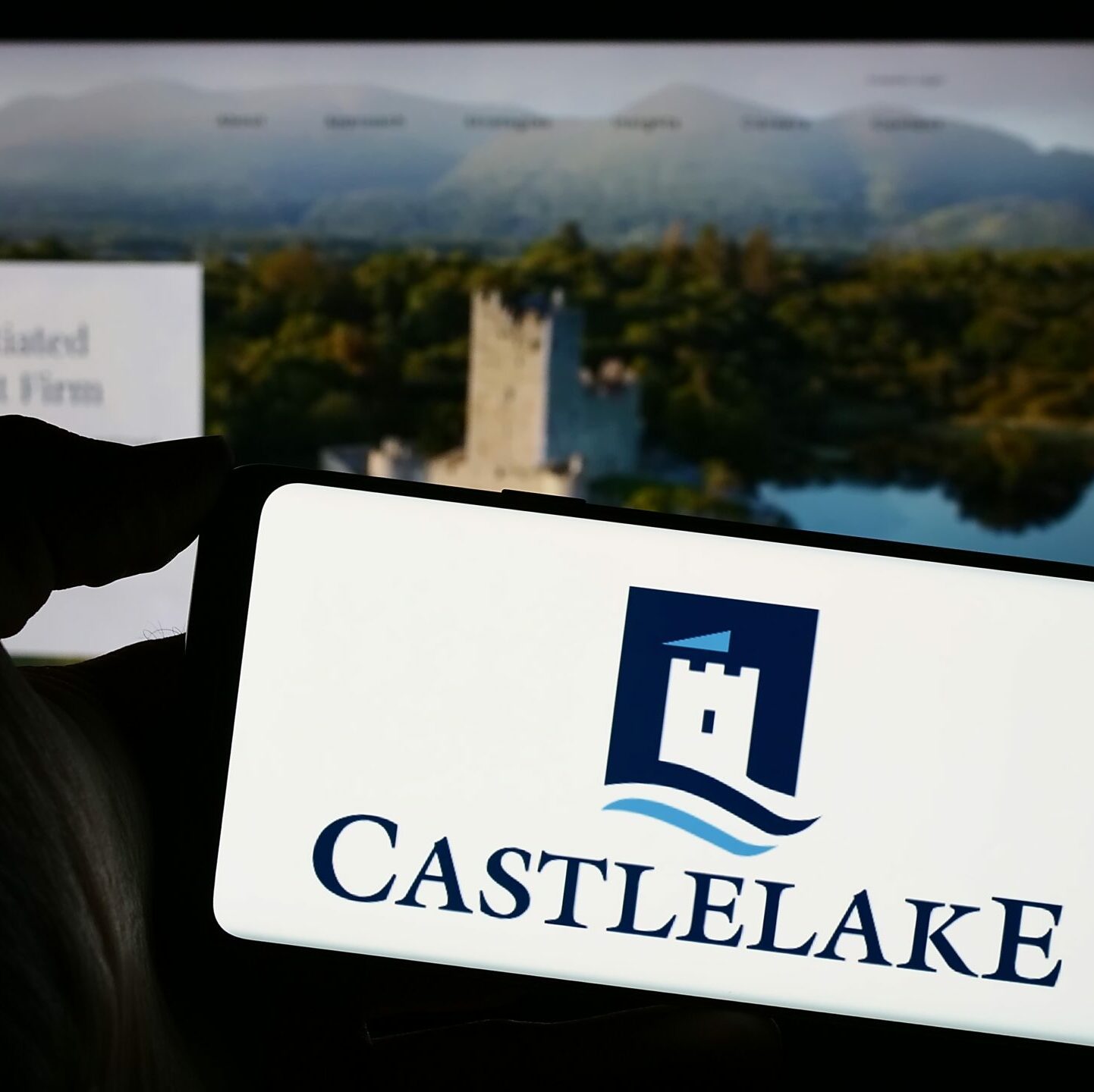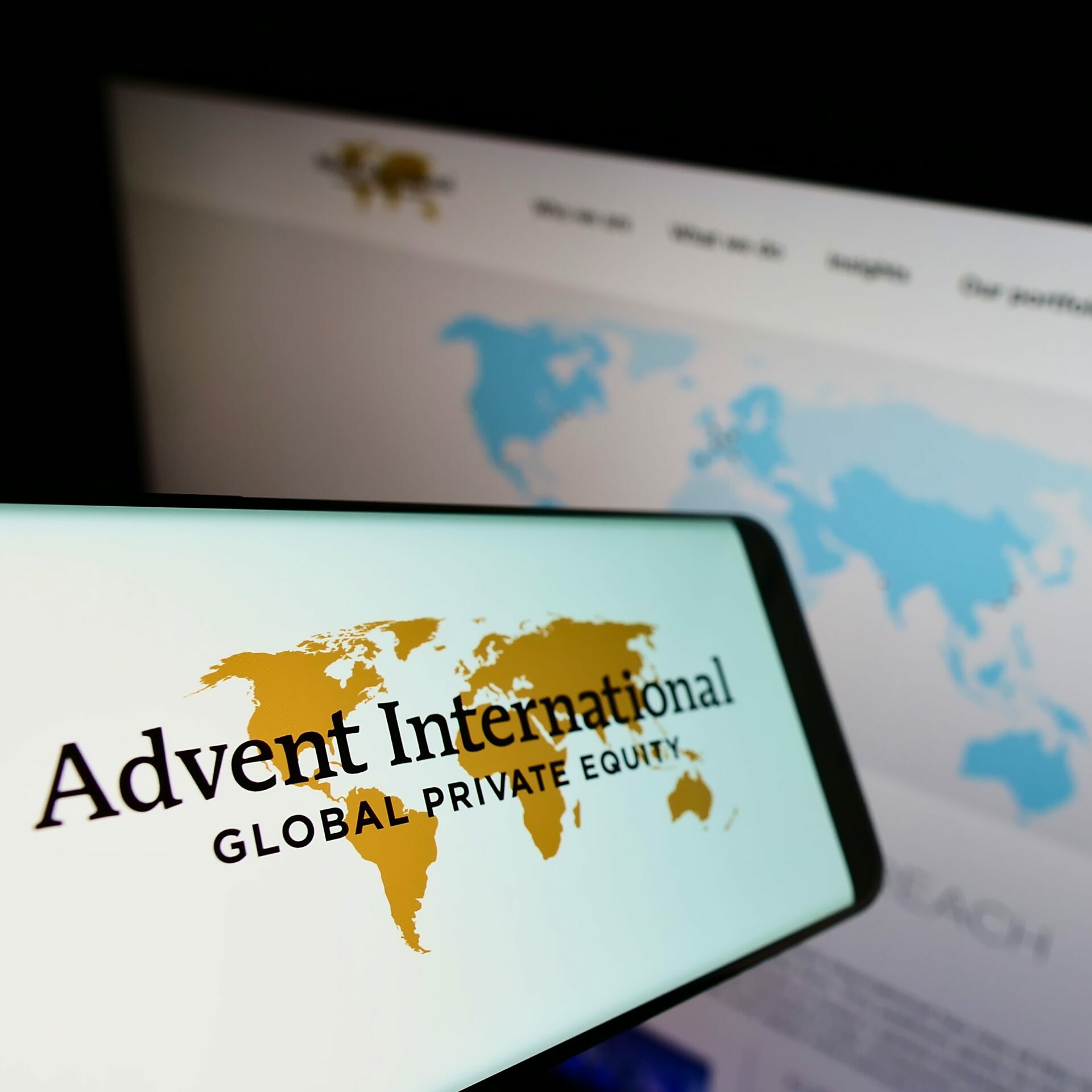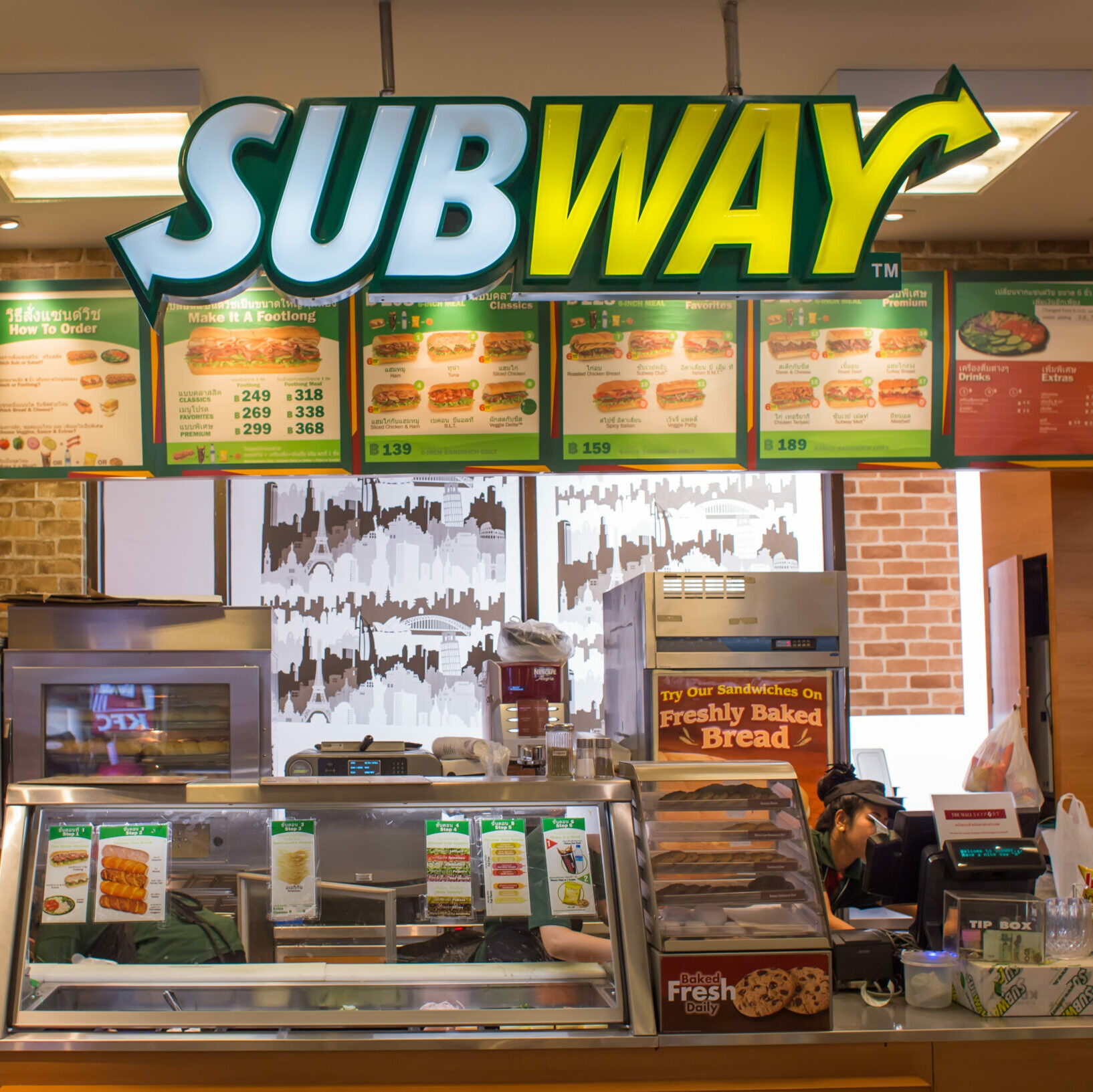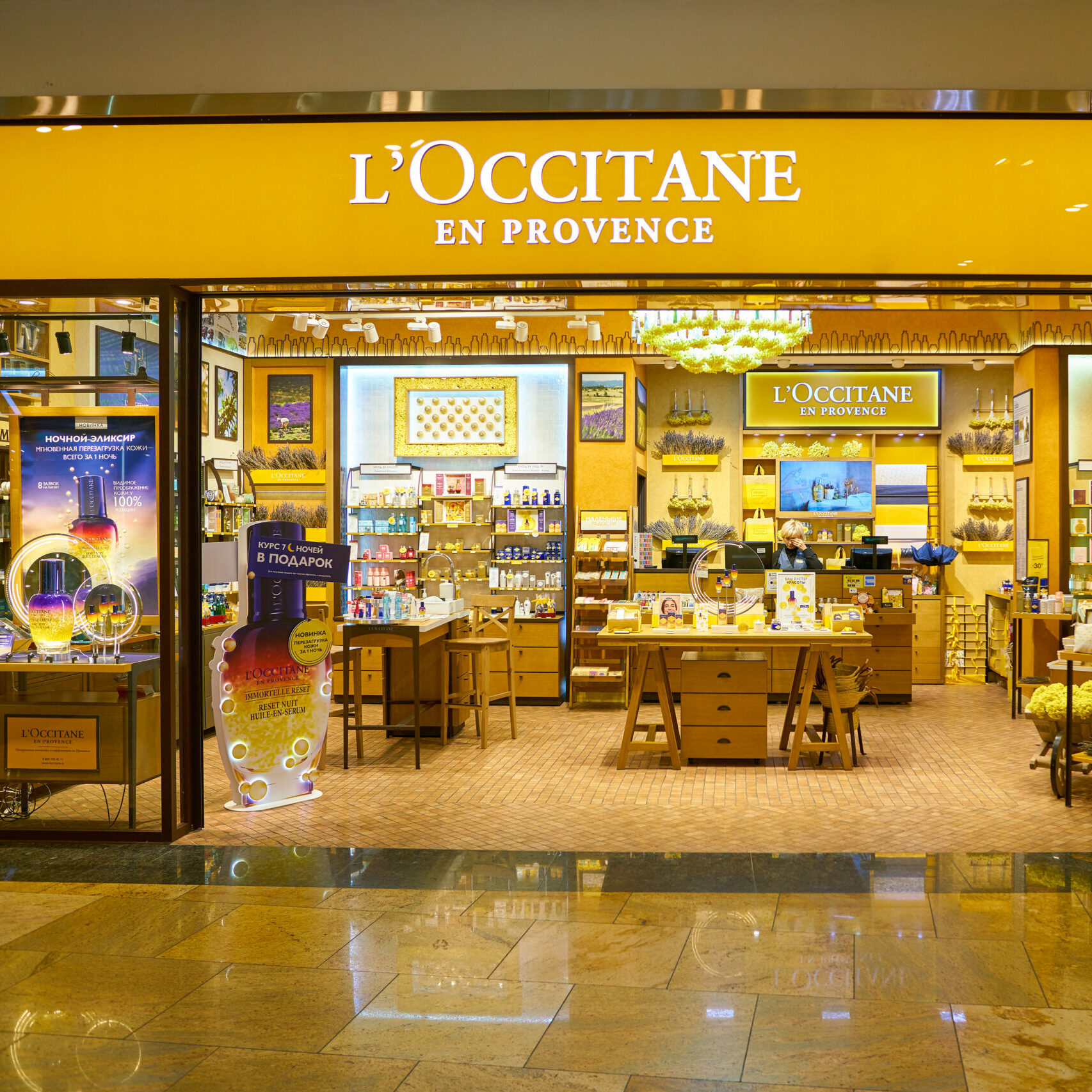By Richard Beresford, partner and chairman of McCarthy Denning – Special Purpose Acquisition Companies (SPACs) have been grabbing the headlines recently in the US, with record amounts being raised for these so-called “blank-cheque” companies: over USD27.5 billion so far this year, including the USD4 billion garnered by Bill Ackman’s Pershing Square Tontine Holdings.
That is by far the largest amount ever raised by a single blank cheque vehicle. Not only have the amounts raised been rising, but there has been a shift in focus towards Silicon Valley, with veteran tech VC players, such as Kevin Hartz, who was an early backer of Airbnb and Uber, joining the stream of promoters bringing vehicles to the market. These players are reportedly seeking to take advantage of the reported backlog of privately held tech companies looking for further funding and a public listing.
In the US, SPACs are viewed by many as a legitimate way to speed up and de-risk the IPO process for the private companies they target to take to the market. But their reputation has been mixed and was particularly bad in the wake of the financial crisis when a slew of SPACs made a series of poor acquisitions and some investors held SPACs to ransom by withholding approval for acquisitions. Rule changes dealt with some of these abuses, but sceptics still slate Spacs for targeting underperforming businesses, providing a back door to the public markets for companies that would have trouble completing a traditional public offering. Others have been critical of the 20 percent promote typically garnered by the backers of these vehicles and it seems as if that particular aspect of them will come under growing pressure.
Pershing Square’s Tontine has done away with the typical promote structure (which is achieved through founders shares). The sole reward for Pershing is achieved via warrants which produce a 6.25 per cent promote, and only once other investors have achieved a 20 per cent return. It will be interesting to see whether this becomes a template for future sponsors to follow.
It’s not just the rewards, however, that attracts high-profile players to the SPAC arena. For private equity and VC fund managers they present an opportunity to access funds from a wider range of investors who cannot or will not participate in their funds as LP’s. The capital raising process is also quicker and less cumbersome and the money that comes in has the advantage of being permanent and not subject to the usual 3 to 5 year life cycle of traditional funds structures. Despite their patchy reputation, Spacs have completed a whole raft of significant and high-profile deals, such as the acquisition of a stake in Virgin Galactic by Social Capital Hedosophia Holdings Corp and the purchase of Burger King by Justice Holdings.
In the UK too, SPACs have pulled off some significant fund raisings and major deals. Perhaps one of the highest profile was Nomad Foods which was brought to the market by way of a standard listing in April 2014 by Noam Gottesman and Sir Martin Franklin. It went on to acquire the Iglo Group (with its brands Iglo, Birds Eye and Findus in Italy) from Permira for EUR2.6 billion, and, subsequently, the Findus Group. More recently, in 2017, Franklin brought J2 Acquisition Limited to the standard list. Last year it completed a USD2.9 billion acquisition and, like many of the larger UK-listed Spacs, migrated its listing to a US market post-completion, in this case to NYSE where it listed as APi Group.
But in the UK SPACs, or cash shells as they are more often referred to here, are just as often found at the smaller and micro-cap end of the market. These shells are looking to acquire targets in a share-for-share swap and, typically, no cash will change hands. Historically AIM was the market of choice for the promoters of these vehicles, but rule changes by the LSE in the wake of the controversy over Gate Ventures effectively banished listings of cash shells from Aim and sponsors turned to the standard list or NEX (now AQSE). AIM is still home to a number of shells, but these are generally so-called Rule 15 shells which are operating companies that have sold their existing businesses and have six months to either make a new acquisition or raise at least GBP6 million to continue life as an investing company under Rule 8 of the AIM Rules. There are also a number of “zombie” companies that ostensibly have operating businesses but are, in reality, touting themselves as being available for reverse takeovers. Some of these are attracting speculative investors, including hedge funds, who see an opportunity to get control of a public vehicle for relatively small sums.
The typical standard-listed SPAC (with the shares being traded on the Main Market of the LSE) is raising the bare minimum required by the rules (GBP700,000 after costs), or a little above. Unlike their US counterparts they don’t have a limited shelf life (although, frequently, UK Spacs promise to consult shareholders if they haven’t managed to make an acquisition within three years) and some have been back to the fundraising well a number of times in order to replenish their resources as they look for a target. But what attracts targets to a SPAC which has so little money? Why not just go for a “straight” listing? Reasons vary of course, but amongst those are that the Spac can cover the costs of listing (the SPAC has to seek re-admission to the market on completion of the RTO) whereas some growth companies simply don’t have the spare cash to fund an IPO themselves (typically GBP4-500,000) and find it difficult to raise the needed money from private investors.
Sometimes the backers of shells have deep pockets (and/or access to investors) and can bring more money to the table to help with working capital post acquisition. Another driver might be access to a wider range of shareholders without having to undertake a fundraise at admission. This can either help with liquidity or fund-raising post-listing, or simply help the target company meet the free float requirement (25 percent in the case of companies on the standard list). The SPAC structure, involving as it does an acquisition, can also give flexibility over valuation. The reverse takeover agreement can easily accommodate additional (earn-out) shares being issued to the target owners when agreed milestones are met. In a traditional IPO the same effect can be achieved using options, but the market may be less receptive to large numbers of options being issued to sellers of a target, especially if some of them play no on-going role in the business.
From an investor point of view a number of these smaller UK-listed Spacs have been disappointing, either making poor acquisitions or keeping investors waiting a number of years (sometimes with the trading of shares suspended) before coming back to the market with a reverse takeover. For these and other reasons I would expect the number of smaller cash shells to dwindle in the UK, but the popularity of larger Spacs, raising significant war chests of funding to compete with private equity for acquisitions and VC’s for the provision of growth capital will grow, both in the UK and the US. These will increasingly be led and run by high-profile industry specialists or veterans of the fund management world, and the terms of the remuneration for the sponsors of these vehicles will become less generous and ever more exacting.






